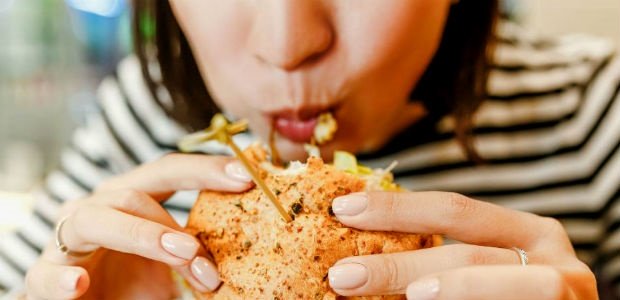Food brings people together, but sometimes life can create isolation during mealtimes. But human connection and interaction is essential to our wellbeing. Enter mukbang – a trend that attempts to virtually provide mealtime company.
So, what is a mukbang?
Mukbang, or meokbang, is an audiovisual phenomenon in which a host livestreams themselves eating – usually overindulging – in a variety of foods while they interact with their virtual viewer. The word mukbang is a mashup of muk-ja or meokneun, which translates to “eating”, and bang-song, which translates to “broadcast”.
So muk + bang = eating broadcast.
It’s now mostly a YouTube sensation carried out by ordinary folks like you and me, who just happen to be eating on camera.
How did mukbang start?
It came about in South Korea, where eating in restaurants is a highly social activity. Dining out alone is fairly frowned upon. So those who didn’t have company to eat out would eat alone at home longing for companionship. That’s when a local TV channel started filming professional eaters consuming large quantities of food. Viewers could even pay to request seeing certain foods eaten online – ultimately, it proved there was big money in this.
Once the trend hopped across the pond, it morphed into a YouTube sensation, where the bulk of the revenue for successful mukbangers came from ad revenue.
Why do people enjoy it so much?
The mukbang trend seems to tick multiple boxes:
– It addresses the initial dining out solo ostracization in Korea.
– Watching people push past the healthy limits of a sizeable meal is fascinating to an almost macabre extent.
– Some watch mukbang videos for satiation – by watching indulgence, they feel more able to abstain from doing it themselves.
– It also helps with fasting: Those who fast for periods of time during the year claim that mukbang makes them feel fuller and more able to endure the fast.
– The effect of the 21st century: A culture of social media and Netflix has created more ‘hermits’ who don’t want to make dinner plans but still want a human face to share a meal with – especially if it means doing so in their sweatpants on the couch.
– Dining with a digital companion at your desk for a few minutes between deadlines (or when you’re working late) can be a lot less lonely than eating solo.
Interesting mukbang facts you should know about:
– Mukbang YouTubers are earning in the region of $10 000 (around R150 000) monthly for their food broadcasts.
– A mukbang YouTuber, or mukbanger, is also called a BJ – a broadcast jockey. (And the award for the weirdest sounding job title goes to…)
– Hosts sometimes eat up to double their day’s calorie requirement and suffer from an array of physical digestion ailments.
– The vast majority of mukbang accounts feature unhealthy, deep fried, doughy, cheesy and sweet foods being eaten. However, some YouTubers who don’t specialise in mukbangs use the format to ‘dine’ informally with their subscribers, chatting with them in a less stylised video while enjoying a mealtime.
– Mukbang can include fairly vocal eating sounds and noises (with some mukbangers incorporating an almost ASMR-like effect into their videos).

